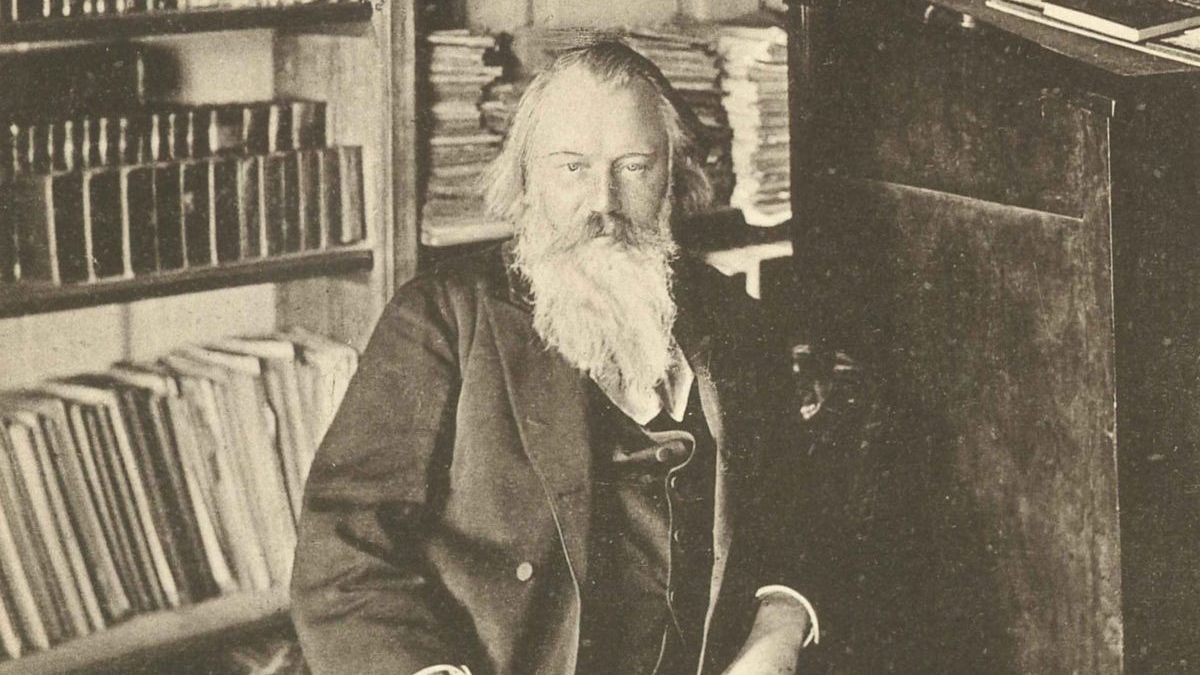Mendelssohn’s “The Marriage of Camacho” Overture: Music for a Fleeting Opera
Felix Mendelssohn was 15 when he began work on the two-act comic opera, Die Hochzeit des Camacho (“The Marriage of Camacho”) in 1824. The young composer had already written four previous singspiele operas which received private family performances. The Marriage of Camacho, based on an episode from Cervantes’ Don Quixote, was premiered at the Berlin Schauspielhaus on April 29, 1827. Although the work was well-received by the audience, it was met with a hostile reviews. Mendelssohn was …







